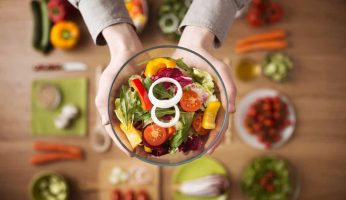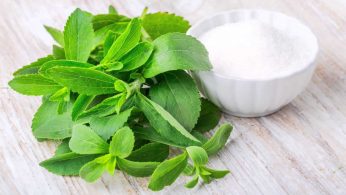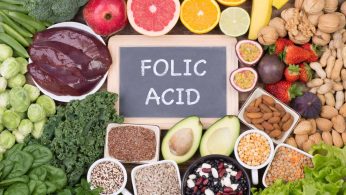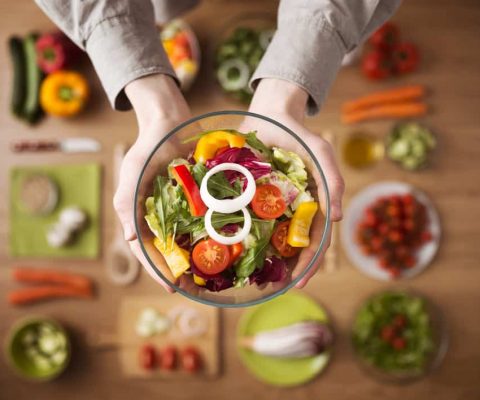Get a Flat Stomach Without Losing It
Disclosure: We use affiliate links and may receive a small commission on purchases.
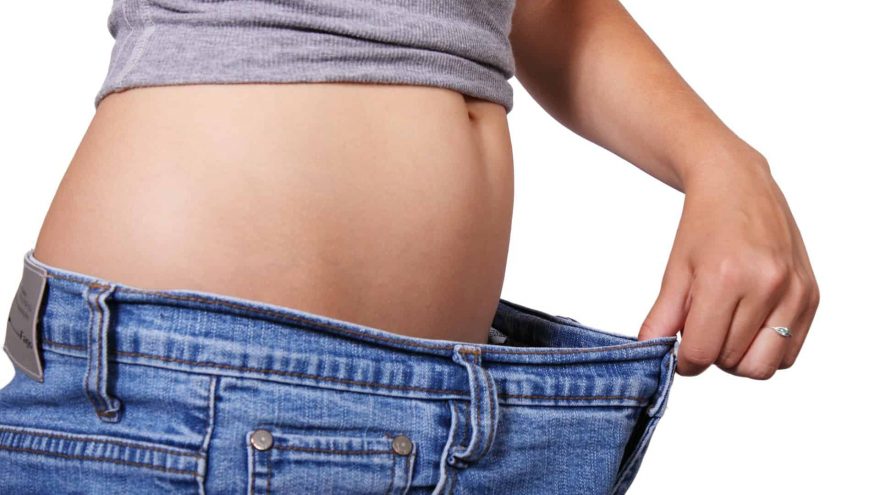 Get a Flat Stomach Without Losing It
thefitbay.com
Get a Flat Stomach Without Losing It
thefitbay.com
It is one of the most popular headlines on every health magazine, fitness website, and weight loss advertisement: How to Get a Flat Stomach. Yet despite all of the ab workouts, waist trainers, and diets these articles suggest you try, none of them seem to work. Therefore, attaining the coveted toned midsection continues to sell products and magazines and we all continue spinning our tires.
The secret to achieving great abs is, there is no secret! There is no magic bullet, no specific workout. Rather, it is a compilation of several habits and lifestyle commitments. This is your complete guide to finally achieving the stomach you’ve always wanted.
How to Get a Flat Stomach
Let’s get this out of the way: You can’t spot-reduce when it comes to weight loss, so there really aren’t such things as belly-fat causing foods or belly-fat blasting workouts. You can do crunches until your spine is bruised but you wont get abs.
In truth, abs are 80 percent diet, and only 20 percent exercise.
Abs are Made in the Kitchen
You’ll hear this phrase repeated by personal trainers everywhere. No matter how hard you work in the gym, if you’re eating a bad diet, the abs will never show through. Thankfully, the flat-stomach diet really isn’t anything new or complicated.
How to Eat for Abs: Foods to Avoid
To be clear, these are not foods to never eat, these are just foods that should be saved for rare occasions and not find their way into your daily meals and snacks. These foods include:
Sugar: Youve heard it before, and you’re going to hear it again now: Eating too much sugar, especially refined and added sugars, will cause you to gain and hold onto fat. What most people don’t know or don’t want to believe, is that even natural sugars, when consumed in excess, can also cause problems. Limit and avoid foods like:
- Candy
- Baked goods and Sweets
- Muffins
- Soda
- Juice, even green juices
- Smoothies that aren’t homemade
- Store bought pasta sauces, other sauces, dressings, and condiments (read your labels for ingredients and sugar content!)
- Honey, maple syrup, and other natural sugars
Remember, it’s not that you should never eat these foods again, it’s just that you should not be eating them every day. Make as much of these items at home so you have control over what goes in them.
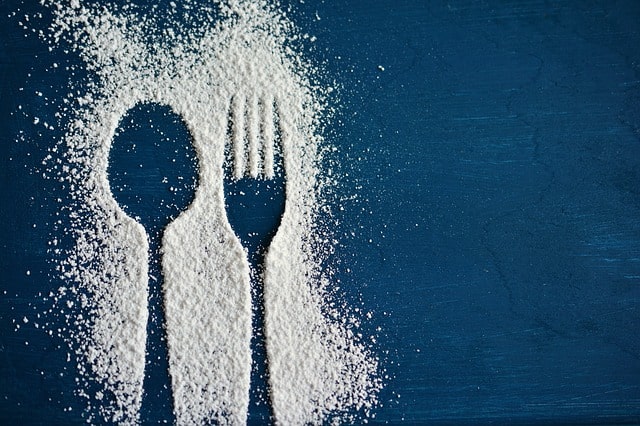
High-Glycemic Carbohydrates: Sugar isn’t the only high glycemic food you should avoid. Foods like breads, pastas, potatoes, and cereals cause a spike in blood sugar and therefore the amount of insulin you secrete after a meal. Insulin tends to store fat, especially in the abdominal region, so eating foods that cause you to have high insulin levels can cause you to hold onto and gain stomach fat.
Alcohol: It’s often referred to as a “beer gut” for a reason! Alcohol contains a lot of calories, sugars, and then is often paired with sugary juices and sodas. When choosing to drink, stick to drinks mixed with unsweetened beverages such as soda water and lime, choose lighter beers, drier wines, and of course, keep it to a minimum. The occasional glass of wine won’t hurt you, but having a few drinks every night or binge drinking every weekend will.
Unhealthy Fats: While we do need fats in our diets to keep our bodies functioning properly, too much fat, in particular the trans, saturated, and omega-6 fatty acids found in most processed foods and fatty meats, aren’t doing your tummy any favors. In general, trans fats are always a complete no-go and saturated fats from sources such as coconut are fine in moderation. Omega-6 fatty acids are an important part of health, however we often consume far too many omega-6 fats compared to omega-3. Again, avoiding prepackaged, processed foods, fatty, processed meats like bacon and lunchmeat, and oils such as corn oil, grapeseed, and sunflower oil, will help you to avoid these fats.
Foods that cause bloating: This one is a little trickier, as you have to test and see for yourself what works with your body and what doesn’t. The most common foods that cause bloating and inflammation are:
- Milk and other dairy products
- Wheat and processed grain products
- Corn and corn flour
- Nightshades (potatoes, peppers, eggplant, tomatoes)
- Other grains (raw oats, quinoa, rice, etc)
- Eggs
- Beans and legumes
Take note that this doesn’t mean you can’t eat all of those foods, it just means that you need to try an elimination diet, taking one out at a time for two weeks each, to see if that particular group is helping or hurting. Things to watch out for are your energy levels, your skin and complexion, your bathroom habits and gas, how well you are sleeping, and of course inflammation especially around your midsection.
How to Eat for Abs: Foods to Include
Once you know what foods do and don’t work for you, and you’ve largely removed the belly-fat building foods from your diet, you’ll want to fill in the gaps with foods that help to slim down your middle. These foods are:
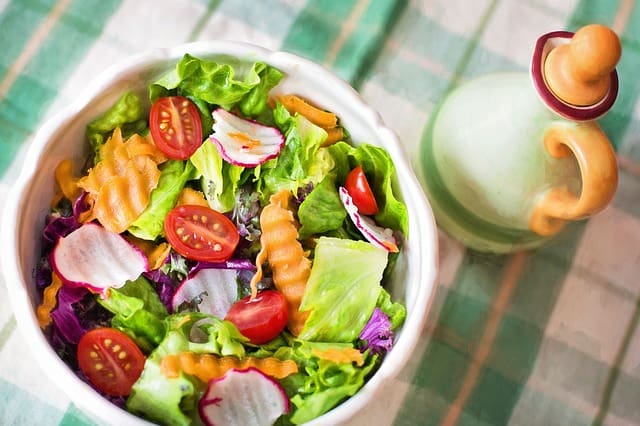
Dark, Leafy Greens: You really can’t eat too much spinach, kale, brussels sprouts, cabbages, arugula, asparagus, basically any of the green veggies. This have plenty of fiber to keep you regular and avoid lower-intestine bloating, they contain nutrients and anti-inflammatory properties, and they add low-calorie, low-fat bulk to your diet to keep you full, prevent you from overeating on the bad stuff.
Fermented Foods and Probiotics: Fermented foods and probiotics help keep our digestive tract healthy, help you better utilize the nutrients from your food, and are just in general extremely beneficial for your body. You can buy probiotic supplements, or you can just be sure to include foods like kimchi, kefir, sauerkraut, kombucha, and some yogurts in your daily diet.
Lean Protein: Protein is crucial for building muscle, including your abs, and will also help to keep you full for a long time. Foods like chicken and turkey breast, wild game meats like buffalo and elk, lean and extra lean red meats, and vegetarian sources such as tempeh (bonus: its fermented!) and vegan protein powders will help you beat the belly bulge.
Healthy Fats: As already mentioned, eating too much fat of any kind will not bode well for your flat stomach goals. Healthy fats, however, especially omega-3 fatty acids, are extremely beneficial for your body and when consumed in moderation will prevent belly fat build up. These foods include:
- Fatty fish (salmon, some tuna, sardines, trout, etc)
- Nuts (brazil nuts, walnuts, almonds, hazelnuts, pecans)
- Eggs, especially free-range and omega-3 enhanced
- Avocado and avocado oil
- Coconut oil and Olive Oil
Low Glycemic Carbohydrates: In general, if you stick to whole-food carbohydrates like sweet potatoes, you’ll be a good position. There are, however, other carbohydrates that have a low GI and add color, nutrition, and satiety to your meals:
- Beets
- Carrots
- Squashes (acorn, butternut, buttercup, spaghetti, etc)
- Pumpkin
- Long grain brown rice and wild rice
- Berries (blueberries, strawberries, cherries, blackberries, raspberries)
Anti-inflammatory foods: Most of us are chronically inflamed and we don’t even realize it. Including anti-inflammatory foods will help your body fight inflammation and let your abs shine through. Some of these foods already mentioned are green vegetables and fermented foods, however others include:
- Turmeric
- Ginger
- Cinnamon
- Cranberries
Even though diet is the most important aspect of achieving a flat stomach, this doesn’t mean that you don’t have to exercise at all. If you want a toned, defined tummy and an easier time keeping the fat off, you have to put in the physical work.
How to Exercise for a Flat Stomach
Many people believe that if you do ab-specific exercises and workouts every single day, you will get the abs you’ve always wanted. While there is a place for ab workouts in your routine, they are not the most important part for achieving a flat stomach. Essentially, there are three types of workouts you need in your routine in order to blast away the belly fat and keep it off for good.
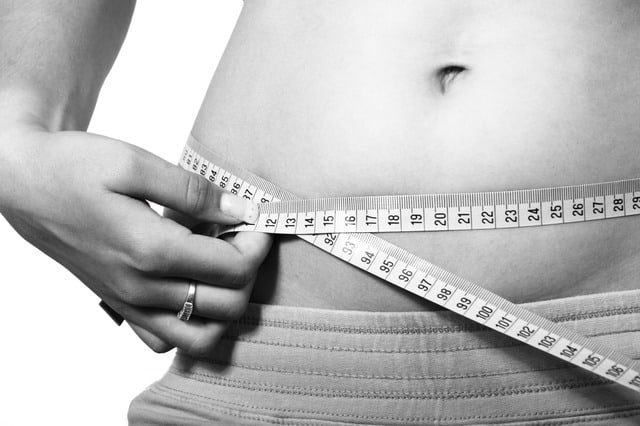
Cardio
Cardio, both high-intensity and moderate sustained cardio, is extremely important for burning fat. Let’s break them down:
Aerobic: During moderate intensity, longer sustained cardio (say, jogging on the treadmill for 30 minutes), you are working in your aerobic, fat-burning zone. Fat requires oxygen to be broken down and used for fuel during exercise. Going for walks, runs, or any form of cardio in which you can still breath and even carry on a bit of a (albeit, breathy) conversation, you are working in this zone.
Anaerobic: When doing HIIT workouts (high intensity interval training) you are primarily working in your anaerobic zone. HIIT workouts are those that make your lungs burn and tend to produce a lot of lactic acid (that heavy-leg feeling) in your working muscles, and typically mean you are working at such an intense level that you can’t take in enough oxygen to break down fat. In these workouts, you rely primarily on stored carbohydrates for fuel. These workouts are important because they are massive calorie burners, and they will boost your metabolism for up to 24 hours post-workout, causing you to burn more fat even while you aren’t exercising. These workouts include sprints of any kind (running, rowing, swimming, bike), circuit training, and many high-intensity group classes.
Weight Lifting
Contrary to popular belief, lifting weights won’t make you bigger, in fact, they are your best weapon at getting smaller. Weight training allows you to focus on growing certain muscles, such as your glutes, and toning up others, like your arms, legs, waist, and of course, abs. Free weight or cable exercises are best as they allow for more core engagement. Exercises to include are:
- Squats
- Walking lunges
- Rows: Bent over rows, bench dumbbell rows, single arm standing cable rows, double arm seated cable rows
- Deadlifts
- Romanian Deadlifts (single leg and double leg)
- Glute bridges
- Step ups
- Shoulder press (single and double arm)
- Pushups
- Chin ups and Pull-ups
Essentially, any free-weight exercise that requires multiple muscles and plenty of stability through your core will do the trick. The key is to actively remember to engage your core at the start of each rep, until it becomes subconscious
Core Work
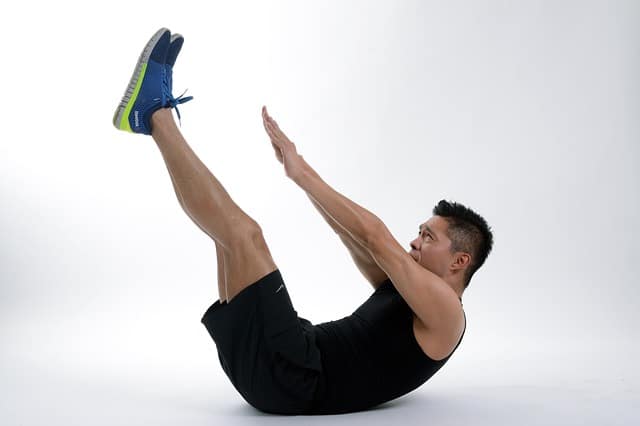
Specific core and ab exercises can be incorporated at the end of your lifts or after cardio days. They should never be done before or during a lift, as you need your core to be strong, not tired, while squatting, lunging, doing push-ups, ect. The nice part is, as long as you are lifting properly, eating well, and doing cardio, you only need to do specific core workouts once or twice a week.
Ab-Moves to Include:
- Planks and plank variations (front and side planks)
- Supermans/back extension
- Front line drill and back line drill
- Leg lifts
- Stomach vacuums
An-Moves to Not Include:
- Any type of crunch: Crunches don’t build strong abs and are instead very difficult on your spine.
Lastly, remember to drink plenty of water and get proper sleep each night. You need water to build lean muscle, and keeping hydrated will prevent you from eating when you’re really just thirsty. If you are sleep deprived, the levels of stress hormones in your body will be too high and cause you to hold onto fat. You will also be more likely to crave sugary, high fat and calorie foods to make up for your lack of energy.
The Bottom Line
Achieving a flat stomach is not some magic formula, nor is it one intense workout you have to do every day. A toned midsection is the result of a healthy, balanced lifestyle. Stick to that, and you will have a taught tummy in no time.



